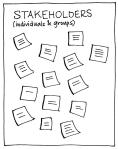 Strategic planning, as a structured and systematic process, is successful when it is leader-led and overcomes the five reasons 70% of all strategies fail. Learn how to see your plan through to success. The strategic planning process is where leaders of an organization establish the vision of the organization’s future and then develop and implement the actions necessary to achieve that future. This article expands on the strategic planning concepts addressed in Think Big, Take Small Steps and is designed to help you achieve success in your strategic planning process.
Strategic planning, as a structured and systematic process, is successful when it is leader-led and overcomes the five reasons 70% of all strategies fail. Learn how to see your plan through to success. The strategic planning process is where leaders of an organization establish the vision of the organization’s future and then develop and implement the actions necessary to achieve that future. This article expands on the strategic planning concepts addressed in Think Big, Take Small Steps and is designed to help you achieve success in your strategic planning process.
Conducting a Stakeholder Assessment When Developing a Strategic Plan is Crucial
I see a “strategy” being made up of three things: A mission, a vision, and goals on how to get from where you are now to where you are going. Those goals represent CHANGE in an organization–strategic change.
Anytime there is a change, there will be people who are for it and against it. The rest are the movable middle. Anytime you are planning a change, you need to analyze the audience that will be impacted by that change and continually manage that audience through the change.
Case in point: One of my clients had the words, “Meet customer’s expectations through product delivery,” in one of their goal statements. The strategy had been in place for several months, and the head of their operations was not supportive of the strategy–he wanted to create it himself versus as a leadership team. He also liked living in the realm of strategy because then he really wasn’t accountable for doing anything. Note that ‘accountable’ is a key word here. I was in a meeting with the head of the strategic planning department and the operations director and he said, quote, “I will not hold my people accountable for meeting customer expectations.”
Who, in the right mind as a leader, can say something as ludicrous as that? By this time, the strategy was really rolling out–plans were in place and changes were occurring. All this went on regardless of how much he tried to stop it. This was the cry of a desperate man. As a result of the shadow he cast, one of his directs was responsible for deploying part of the plan–specifically under this goal. We were attempting to establish actions and dates, when he broke down in a whiney voice almost on the edge of tears, and cried, “But, I don’t want to be held accountable to this.”
These situations are real. Strategy–good strategy–means change. If you are not prepared for this type of behavior from people that have influence and you require to make the strategy reality, then you will get stopped by this type of behavior.
I know in Good to Great, you are supposed to get people on the bus and off the bus to make things work, but in the real world, some organizations don’t have that luxury. Then you have to determine how to deal with them.
In a strategic change, there are four potential groups that you have to consider. Obviously, first are the stakeholders–those who have a vested interest in the change and impact of the change. Second are the customers–those who direct your organization to deliver goods and/or services. All customers are stakeholders, but not all stakeholders are customers. Two other potential groups are Partners and Suppliers. Partners and Suppliers are those you work with to deliver your goods and services to the Customer. Sometimes they can be everything, or sometimes, not. Understanding who they are and who of them are key–make a difference and can impact the change–is important. Note this Venn diagram and how these audiences interact.
Once you know who they are, list them out and try to determine what you know about then and what you don’t know about them. List out what stake they have in the change–what will be impacted and how they feel. On a scale of 1-5, rate their level of support of the change and on the same scale rate the level of influence that can have to impact it–1 being lowest. This tells you where you potentially could have your most difficult problems. As you can imagine, the Operations Director in my above example was low in support and high in influence–not a good combination. Those that are high in both can also become your greatest champions. Those who are low in both probably can be ignored–best to spend precious resources on the most important stuff.
With those that are important to this effort, plot them each on this continuum:
If they are low, or not even on the continuum, then, strategic activities designed to raise them on the continuum might help their acceptance and assistance. Sometimes they fully understand what is going on, but, getting them higher is impossible. In the case of the Operations Director, we basically forced him to retire and the next director that was hired supported the strategy. The bus activity; however, this took time. Obviously, if someone is simply aware of the strategy and doesn’t understand why it’s being done and what its impact is, then desiring advocacy and ownership is impossible. So, if you have someone at awareness, but you need them as an advocate, then you need to first get them to understanding, and then next to acceptance. Makes sense, right?
This is also helpful to determine if you already have someone at advocacy and that’s where you want them, then you don’t need to do anything. If someone has little influence on the strategy and change, then maybe awareness or understanding is fine. These decisions again allow you to focus your efforts in strategic areas.
Another way to map your audience is through this tool:
It’s a bit simpler in its approach, but can be effective. For a strategic plan, which takes years to implement, I like a much more detailed assessment and action plan than this, but you can choose. I also am Prosci certified in ADKAR, so I like to use that approach, but I am not free to share their proprietary process on this blog. You can read about it in books from Amazon and their certification is very effective. The approaches I’ve shared here are based on my Master’s-level Change Management certification from Georgetown University and are not proprietary.
So, you can see how important a Stakeholder Assessment is to develop during the Organizational Assessment. This, like any change effort, when done early, helps to prep the space and get people on board quickly or identify those you need to work around. This tool, is a lasting assessment that you may revisit regularly to see how things are progressing.
So, 70% of all plans fail to some level; however, by following these guidelines you can help ensure your strategic plan will be one of the 30% successes that everyone reads about.
Related Links:

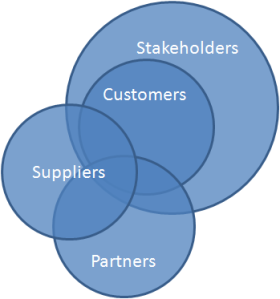

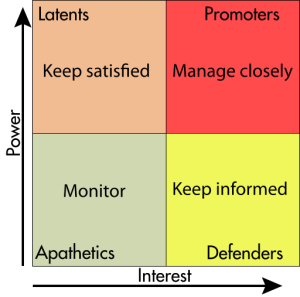
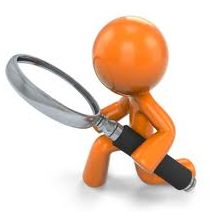


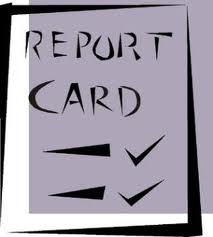

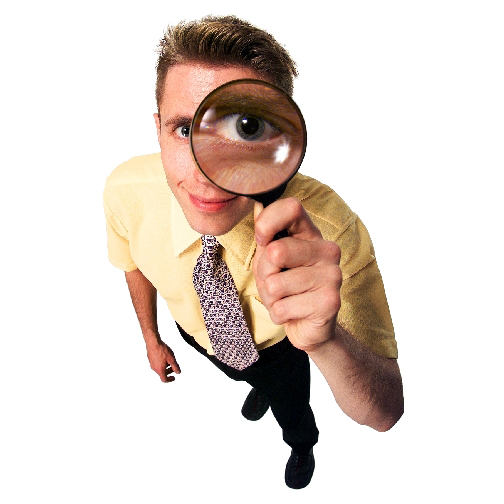

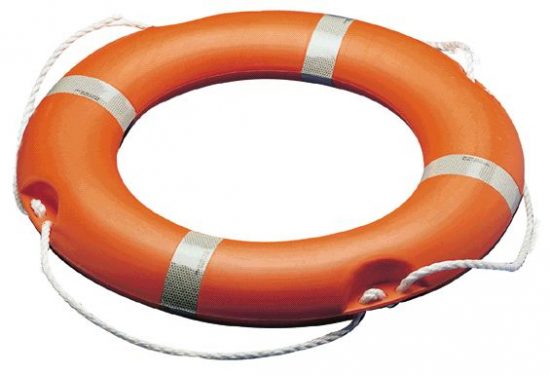



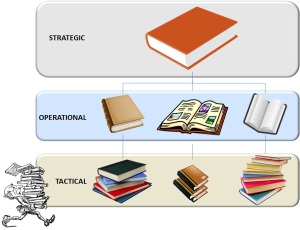

 Proper Strategic Planning is the Most Important First Step for Any Organization
Proper Strategic Planning is the Most Important First Step for Any Organization